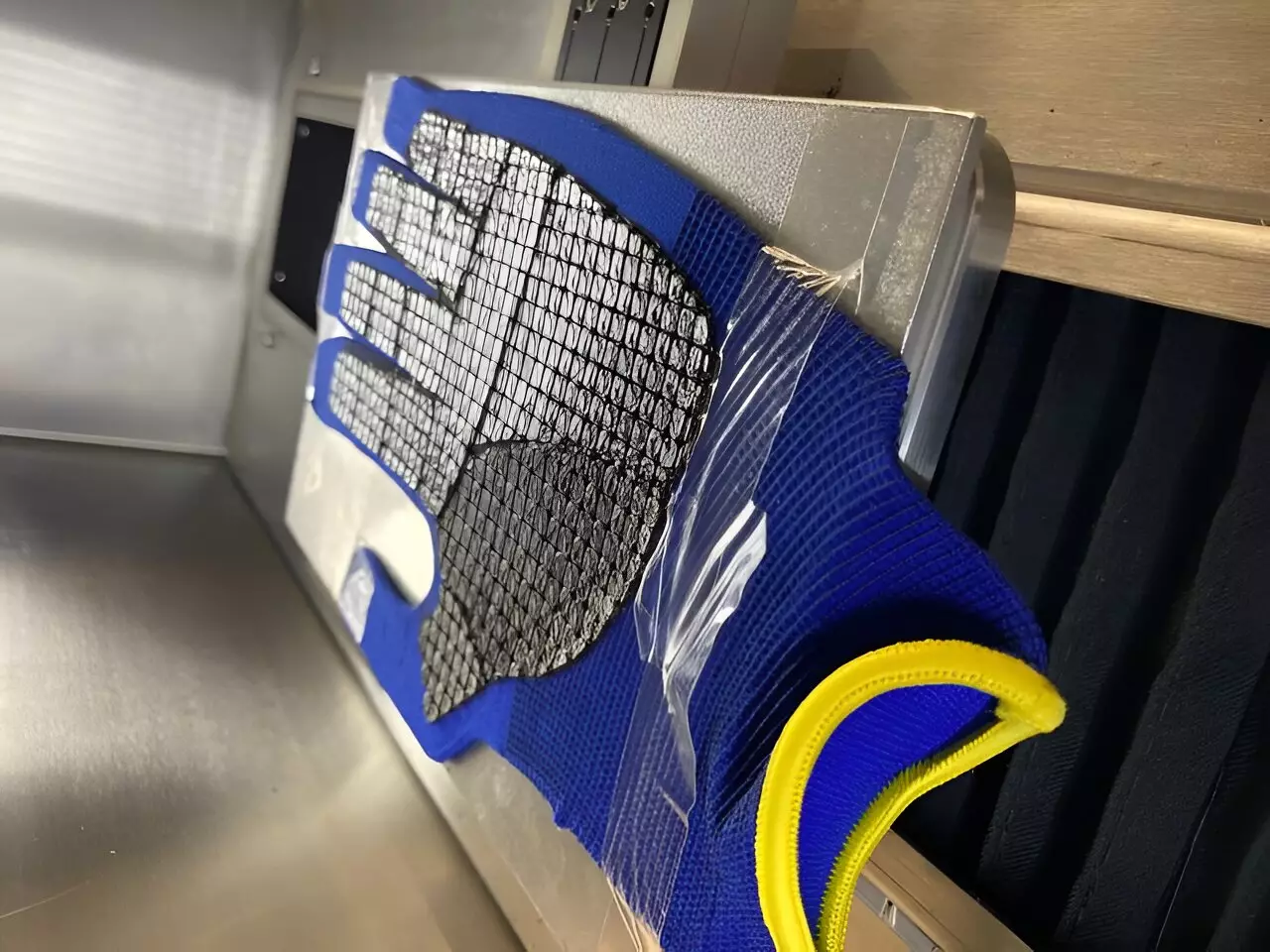In recent years, there has been a noticeable shift in the way industries approach safety equipment, particularly protective gloves. Traditionally crafted from oil-based polymers, nitrile rubber, and latex, these gloves serve the essential role of safeguarding users in various fields, including construction, sports, and gardening. However, the environmental implications of relying on such materials have prompted scientists and manufacturers to seek alternatives that not only shield users but also minimize ecological footprints.
Researchers at the German Institutes of Textile and Fiber Research Denkendorf (DITF) have taken a substantial step in this direction by exploring the potential of lignin—a natural biopolymer. Derived from the residuals of paper production, lignin is abundant and biodegradable, making it a viable contender for developing environmentally friendly glove coatings. By leveraging 3D printing technology, DITF scientists have crafted a coating that balances durability with ecological considerations.
Lignin features unique hydrophobic characteristics due to its limited polar groups, which significantly contribute to its insolubility in water. Though its biodegradation is relatively slow, the particles liberated through abrasion are not as persistently harmful to the environment as conventional materials. The high surface-to-volume ratio of these lignin particles facilitates a quicker breakdown, presenting a promising advantage for users concerned about their environmental impact.
One of the standout features of this innovative approach lies in the adaptability offered by 3D printing. The ability to customize gloves not only enhances user comfort but also allows for a tailored fit that can accommodate specific tasks. This adaptability ensures that not only do users receive adequate protection, but they also benefit from increased freedom of movement during operations. Such enhancement in usability is vital for maintaining productivity in work environments where dexterity is paramount.
The quality and compliance of these gloves with safety standards are also noteworthy. The pioneering use of lignin-infused coatings does not compromise the gloves’ protective capabilities; on the contrary, it enhances their durability and resistance to various potential hazards. By integrating sustainability into protective gear, DITF’s research showcases a model where safety and ecological responsibility can coexist.
The DITF project underscores a critical transition in the landscape of protective gear. With growing emphasis on sustainability, adopting biopolymers like lignin opens up viable pathways for rethinking the materials used in safety equipment. This advancement not only exemplifies scientific innovation but also encourages industries to reconsider their practices for a more sustainable future. As the world confronts the escalating challenges of environmental pollution, the development of eco-friendly protective gloves represents a significant stride toward harmonizing safety and ecological mindfulness in the workplace.

